The US resident population has increased by 0.4% in 2022, according to the US Census Bureau. After the pandemic era in 2020 and 2021 recorded a historically low change, we have returned to the pre-pandemic era.
But several US states showed declining numbers of population. There are 18 states, to be exact, where population decline occurred. Find out which states have fewer residents and why it happened.
Almost Every State Saw Population Growth

More states experienced population growth in 2023 than in any year since the start of the pandemic. At the state level, 42 states and the District of Columbia had an increase in population.
This represents a significant increase compared to the 31 states and the District of Columbia in 2022, and 34 states in 2021.
Population Boom

Before getting into which states saw population decline in 2022, let’s talk about where the opposite happened. The American South became the most populous and fastest-growing region when it comes to the population.
The South had 1,282,675 new residents thanks to net international migration (414,740) and positive net domestic migration (867,935). Population growth also happened in the West of America, with 153,601 residents added to the region.
Return to Pre-Pandemic Levels

Largely thanks to these population booms, population trends are returning to normal–at least post-pandemic normal.
The annual number of deaths decreased last year and migration patterns have reverted to patterns recorded before 2020, according to the Vintage 2023 population estimates released by the U.S. Census Bureau.
A Significant Population Jump

Over the years, the US gained more than 1.6 million people, growing by 0.5 percent. This means that the US population sat at 334,914,895 by the end of 2023.
“US migration returning to pre-pandemic levels and a drop in deaths are driving the nation’s growth,” said Kristie Wilder, a demographer in the Population Division at the Census Bureau.
Deaths and Births Decrease

Wilder noted that while the overall population increased, the number of births did decline greatly.
“Although births declined, this was tempered by the near 9% decrease in deaths,” Wilder said. “Ultimately, fewer deaths paired with rebounding immigration resulted in the nation experiencing its largest population gain since 2018.”
Growth in Texas and Florida

Texas was where the population grew the most between 2021 and 2022. The numeric growth for the state was 470,707, making up a resident population of more than 30 million people.
Florida, on the other hand, held the second place in population increase with 416,754 new residents. The state’s percentage increase of 1.9% was the highest in the country. This is all thanks to net migration.
The Top 5

While Texas and Florida are definitely among the fastest-growing states in the US, the US Census Bureau discovered that three other states are growing relatively fast.
North Carolina, Georgia, and South Carolina were among the states that experienced the most population growth in the last year.
South Carolina Saw the Most Growth

South Carolina’s growth stands out among the rest for several reasons. On top of being a cheaper state compared to most, South Carolina saw the most growth out of any other state, with a 0.1 percent lead over Florida and Texas.
Florida and Texas trail behind South Carolina with a 1.6 percent growth rate in 2023.
Declining Regions and States

As opposed to the growth in the South and the West, population in the Northeast and the Midwest dropped by 0.4% and 0.1% respectively. This was all due to people leaving the region domestically.
But a natural decrease also affected US regions and states in 2022, meaning the number of births and deaths in a state impacts the resident’s numbers. Florida, Pennsylvania, and Ohio had the largest negative natural change of -40,216, -23,021, and -19,543 respectively.
Goodbye, New York
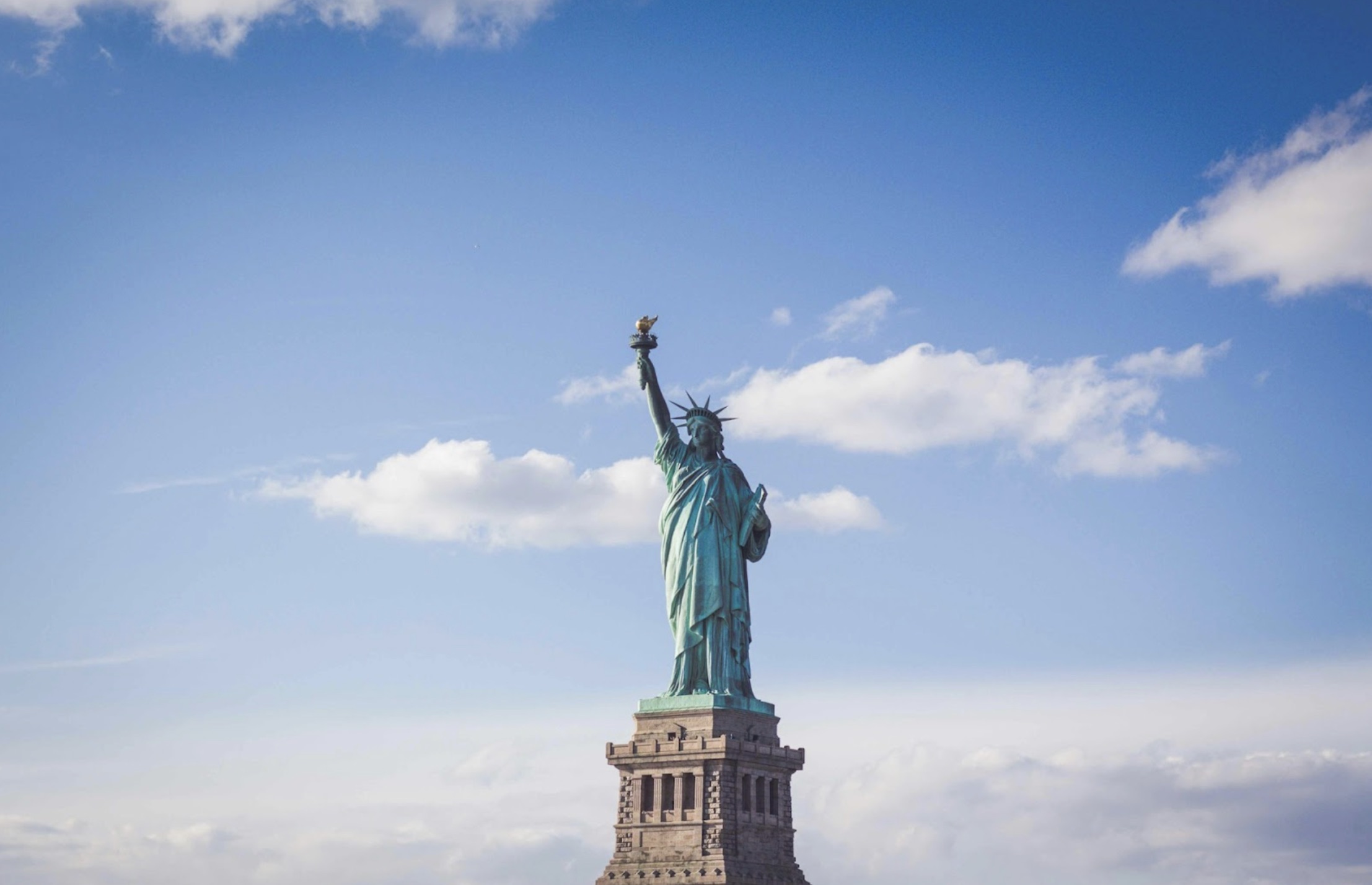
New York’s statistics differed greatly from Texas’ — the state experienced the largest annual numeric and percentage decline in population. New York saw 299,557 people leaving the state for domestic migration.
The New York Times reported New York City lost almost 6% of its population, accounting for 550,000 residents, between 2020 and 2023. More than 25,000 residents left the Bronx; over 28,000 residents left Brooklyn; and 26,000-plus residents left Queens. Manhattan was the only borough that added to its numbers. And people also departed from the commuter areas around NYC.
Finding Cheaper Homes

Most people leaving NYC were thought to be lower- and middle-income residents who could not afford homes in the city. Families with incomes between $32,000 and $65,000, other than the Black or Hispanic, left the city at a fast rate in 2022.
New York, like California, was a state with the highest share of people moving out of it. Many New Yorkers moved to states where housing prices were more affordable, like New Jersey, or warmer, like Florida.
The Fastest 15
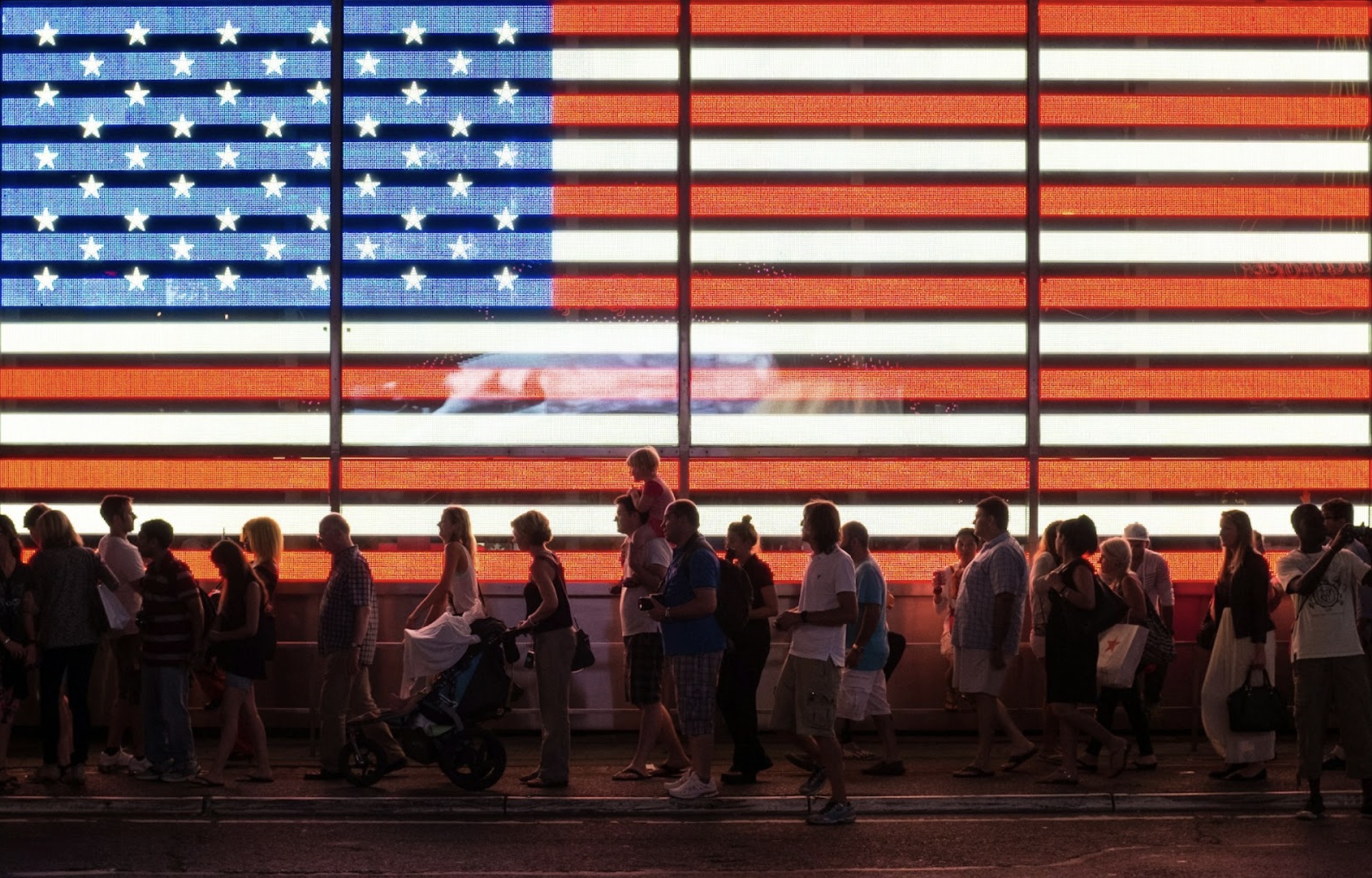
Based on the Census Data, 15 states were listed as the fastest declining. These top 15 states were ranked in descending order according to the 2022 National and State Population Estimates.
The estimates revealed population change in these states between 2021 and 2022. The decline is shown both with numbers and percentage.
The Bottom 5

Ohio, Alaska, Massachusetts, New Mexico, and Maryland were the lowest in the rank of the 15 fastest declining states.
Ohio, Alaska, and Massachusetts only saw a 0.1% decrease in population. Meanwhile, New Mexico and Maryland experienced a 0.2% drop in the number of residents.
The Middle 5

California, Rhode Island, Pennsylvania, Mississippi, and Oregon occupied the middle ranks of the 15 fastest declining states.
The first four states saw a population decline of 0.3%. When stated numerically, California experienced the biggest drop at 113,649 fewer residents. Oregon’s numeric decrease of 16,164 earned its higher decline percentage of 0.4%.
The Top 5: Hawaii

And now we enter the Top 5 fastest declining states, beginning with Hawaii. The Aloha State ranked at no. 5 in the list for losing 0.5% of its population.
In 2022, the state recorded 1,440,196 residents. This is a lower number from 2021’s 1,447,154. The reason cited for this decline was slow economic growth, with living cost and house pricing increasing.
The Top 5: West Virginia

Meanwhile, West Virginia had a 0.6% drop in population between 2021 and 2022. It also witnessed the 7th highest numeric decline among all other states.
Sadly, West Virginia’s decline in recent years was seemingly caused by the high number of deaths in the state. The number of dead residents far outpaced the numbers for positive net migration.
The Top 5: Louisiana

Between 2021 and 2022, Louisiana’s change in population reportedly amounted to -0.8%. According to Allison Plyer, chief demographer at The Data Center in New Orleans, there are 2 major causes for this.
Besides negative net migration, Louisiana also had a high mortality rate. It wasn’t just the pandemic’s fault, but it had gone all the way back to Hurricane Katrina in 2016.
The Top 5: Illinois

Illinois’s population decline is the 3rd fastest among all US states. The population dropped by 0.8%. In 2023, there was an estimate of 32,826 fewer people living in Illinois than the previous year.
Domestic migration was said to be the culprit of Illinois’ decline. The number of people moving out of the state kept the narrow margin of more births over deaths and international migrants in check.
The Top 5: New York

And, once again, New York topped the list. Some predicted that the mass exodus from the state was “far from over,” thanks to New York’s lack of affordability and high crime rate.
Some New Yorkers also felt that the state was no longer a comfortable place to raise a family due to its “lawlessness and protests in transit hubs.” Many citizens also felt neglected under the Democrats’ rule. Congresswoman Nicole Malliotakis (covering Staten Island and part of Brooklyn) said, “Hardworking, law-abiding citizens are sick and tired of left-wing politicians putting illegal immigrants and criminals ahead of them.”
Moving States
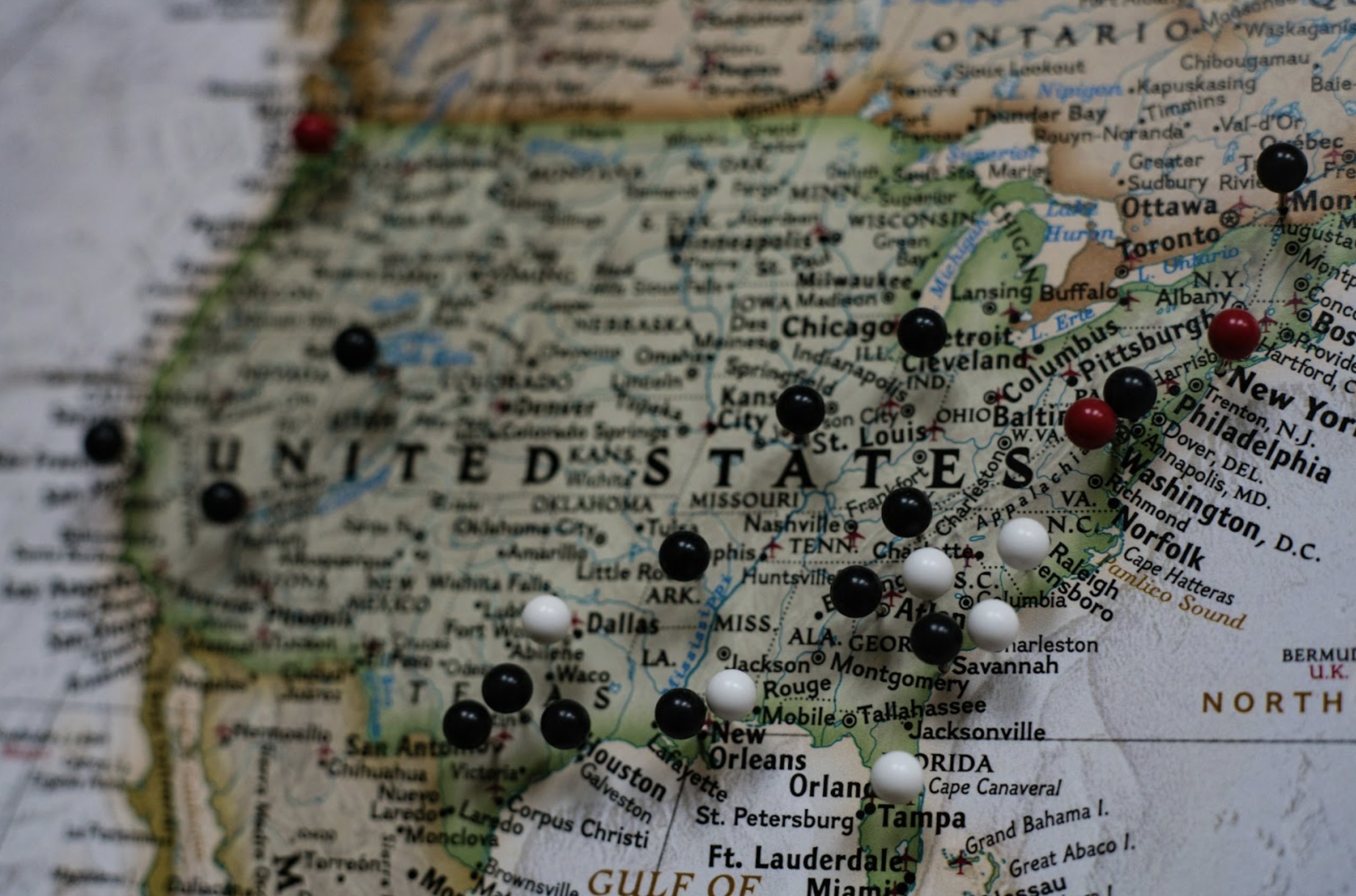
USPS change-of-address data revealed that, besides Texas and Florida, North and South Carolinas, as well as Georgia, Tennessee, Nevada, Maine, Delaware, and Idaho saw more people moving in.
With 1.6 million more people in the US in 2023 and a total of 334,914,895, there is still enough space in the country for everyone. The question now is where to find the most livable place and be comfortable in it.
Why a State’s Population Matters

State population is very important in the US as it serves as the basis for fair political representation, which plays a vital role in many areas of public life, including the upcoming presidential election.
Additionally, state population determines how much federal funding states will receive.
New York Could Follow California’s Footsteps
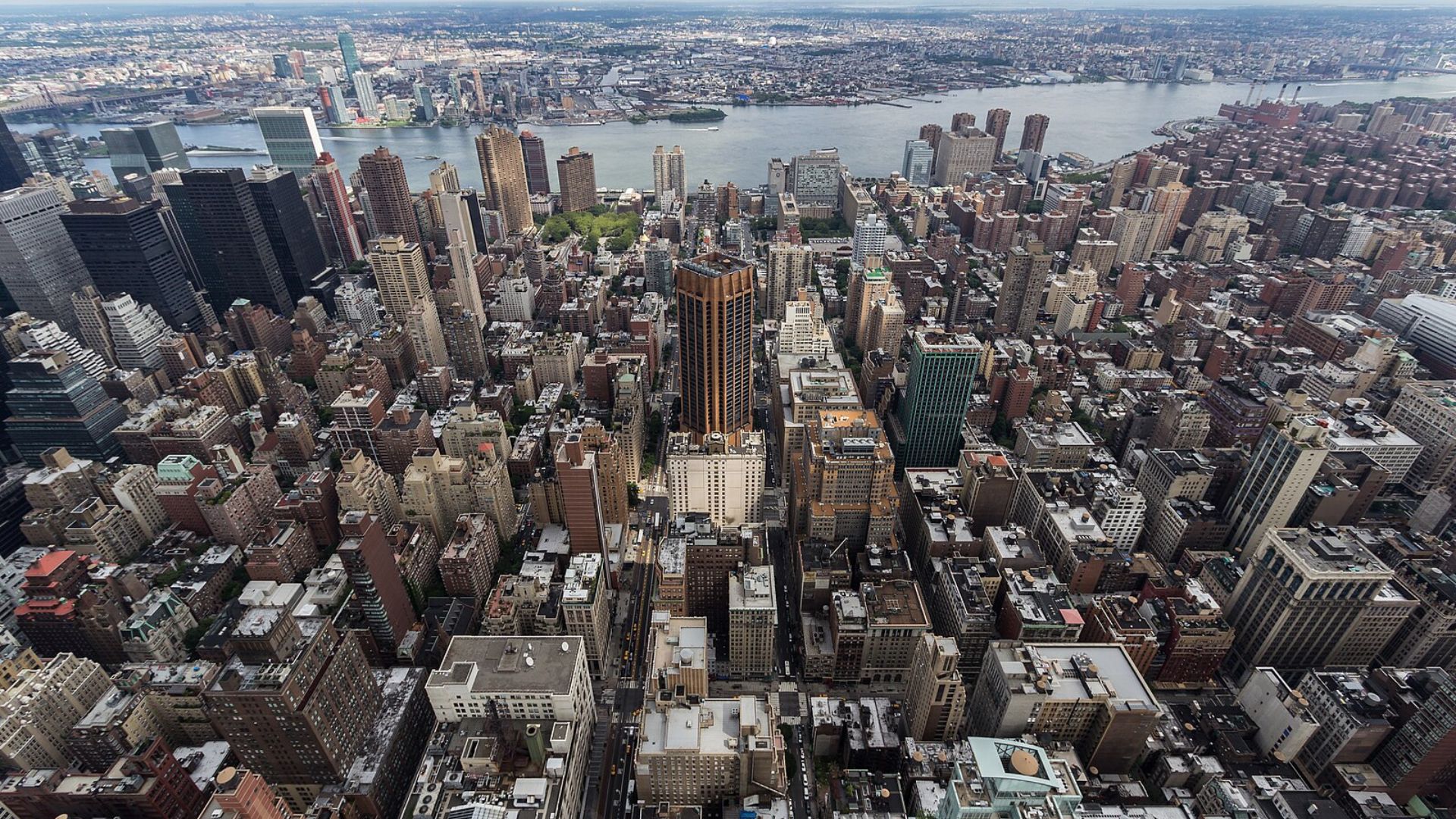
With New York losing the most residents between July 2022 and June 2023, they could be facing a similar issue that California faced in 2020.
California lost a large chunk of its population, which resulted in the state losing two federal seats.
Population Affects a State’s Political Power
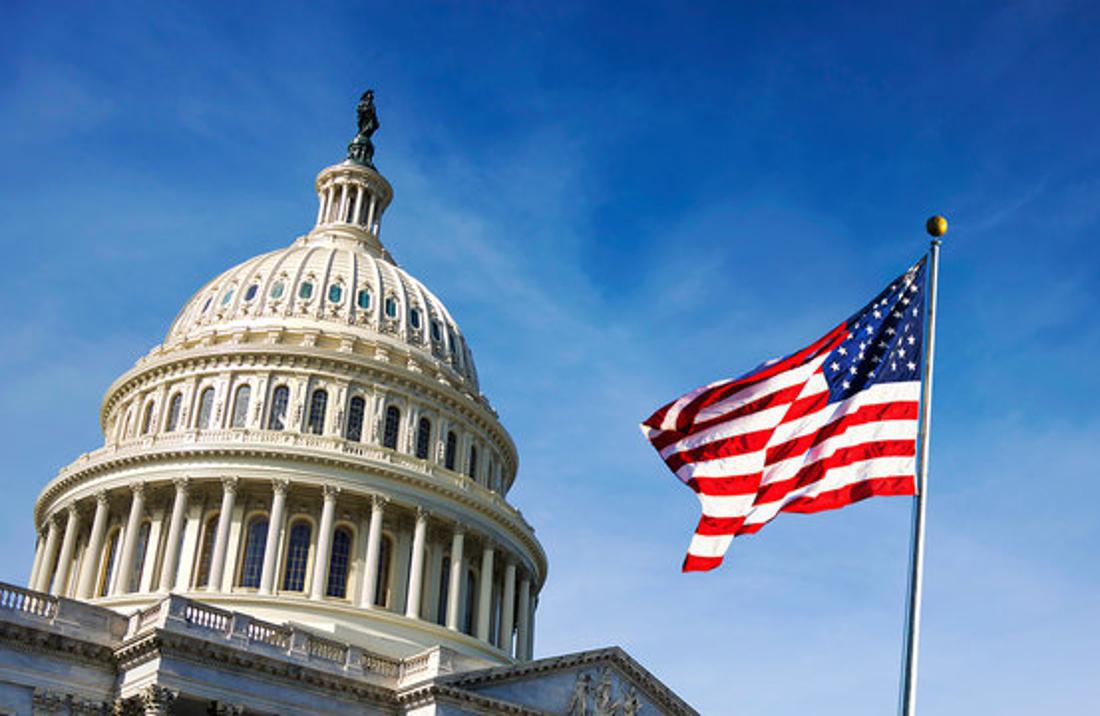
While we still have a long way to go until the US government evaluates how many seats each state gets in the House and Electoral College votes, this trend could be telling of which way the country is leaning towards.
Estimates by the Fair Lines America Foundation–an extension of the Republican Party’s redistricting apparatus–believe that Florida and Texas could be big winners in the 2030 apparatus, gaining three or four seats, respectively (via Politico).
The Big Losers

The big losers would be California, New York, and Illinois with the loss of 4, 3, and 2 seats, respectively.
The shift wouldn’t just be regional. It would reflect the political power in the US. Texas and Florida are known to be red states, and more seats could give them the majority of seats in the House and a larger slice of power during elections.
Six More Years

While there are still six more years until this change could happen, population trends in the post-COVID-19 world are showing that people want more space for less.
California’s steadily increasing wages and taxes are making it difficult for anyone to stay in the state. While many of California’s wealthiest residents are attempting to leave the state due to the “wealth tax,” the state’s governor, Gavin Newsom, is attempting to block them.
